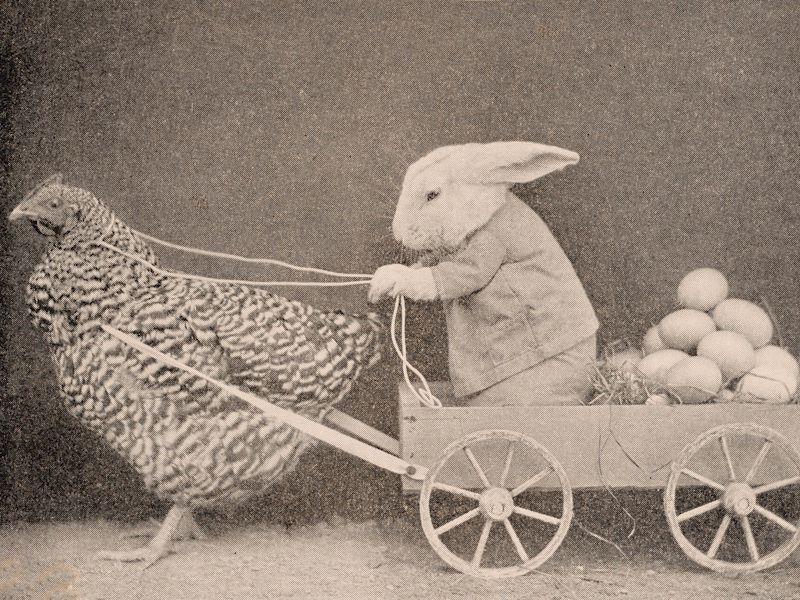As the Easter season represents change and new beginnings, we at the Gazette thought it might be fun to offer a smattering of Easter recollections from years past.
We’ll begin a century ago, on April 20, 1919. Just five months prior, the first world war had ended and there was a great deal of uncertainty as to what would happen next. Maps were being revised as geo-political lines were redrawn and heated debates ensued regarding how land was to be divided. Over Easter weekend violent protests took place in Vienna and Munich. The world was hardly at peace. At home, however, news sources reported the first non-stop flight between two cities. The record-breaking 727 mile flight from Chicago to New York was accomplished in under seven hours.
In 1930, Easter was once again on April 20. On the following day, Charles Lindbergh and his wife achieved the fastest cross-continental flight, traveling from Glendale, California to New York. The 2,500 mile journey was achieved in 14 hours, 23 minutes – over three hours faster than previous attempts.
The Great Depression, which had hit most of the country so hard, was not much felt in Danville. Here, the textile and tobacco industry supported the local economy, and both industries were represented by independent banks. These banks, being backed by commodities, allowed for a much gentler bump in the economic road than was felt elsewhere. Easter that year was much like any other, with ladies turning out to church services in “demure” dresses of plain or printed crepe and lace-trimmed straw hats that fit closely to the head.
Easter of 1942 was likewise booming. Industry and trade were going well and Easter services, which saw the world once again embroiled in war would be held “with more than usual consideration to the meaning of Easter.” Despite the solemn mood, Easter attire was esteemed to be “as frivolous or more so than usual”. The increasing rarity of dyes, due to the war effort, and the consequent prediction that beige, out of necessity, would be the fashion by the following spring, meant that women were buying up bright colors like they were “going out of style” – and they were.
Danville saw the worst traffic in a decade that year, as families made plans to travel for the spring break, knowing full well that by next year the war effort would leave people with little extra cash to spare for such frivolities.
1946 saw the first peacetime Easter in many years, but change was in the air nevertheless as the world debated the system for determining on what date Easter would fall each year.
“The question of fixing Easter on a definite date, instead of allowing it to be jockeyed around by the moon, is one international problem that is likely to be put up to the United Nations assembly.”
The U.N. failed to get the necessary endorsements, however, and Easter continues to fall on the first Sunday after the first full moon following the vernal equinox.
Change is inevitable, and we should embrace it where we can. But, after all, sometimes it simply isn’t necessary.
Happy Easter everyone!
